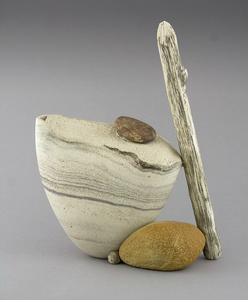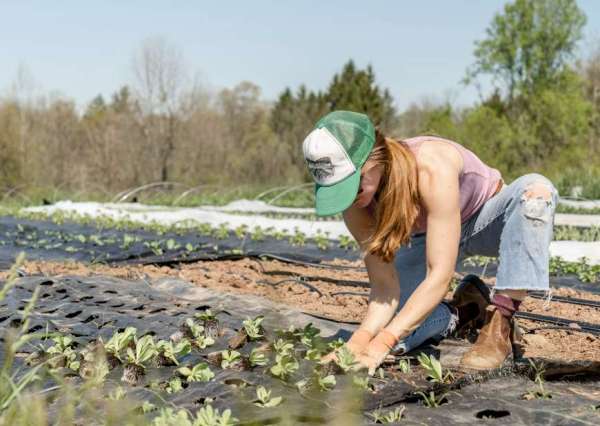

Editor’s Note: American Craft Council‘s Make Room: Modern Design Meets Craft project during the Aug 2-4 show at San Francisco will showcase works from nine interior designers and architects that will create room settings inspired by fine craft pieces – generating ideas for show attendees on how to integrate treasured objects into home design.
We got a chance to talk to one of the designers – Melina Raissina of the Peace Industry. Melina will use the creations of Gerald Arrington (wood bowl and sculptures) to design a room. Gerald is one of the 230 artists featured in this year’s exhibition.

1. Tell us a bit about yourself (and Peace Industry). What do you love doing most?
I am the lead designer at Peace Industry. Peace Industry is my company that I started with my husband in 2002. We produce wool felt rugs in our own workshop in Turkey and we have a retail store in San Francisco. It is a revitalization of the oldest rug tradition known to mankind and has been practiced by Central Asian nomads for thousands of years. My favorite thing about my job is getting to open the packages when they arrive from Turkey. It feels like Christmas to me as I get to see how my vision is manifested.
2. How did you get involved with this project? What attracted you to work for the American Craft Council?
My publicist pitched the idea to me and I agreed to get involved because I have never done anything like this or have been given the opportunity to design a room. I felt it to be a challenge and really just thought it would be fun.
3. Gerald’s work with stoneware ceramics is unique. Are you looking to make his work the star within the room – or is it going to complement the room that you’re creating?
The task is definitely to make Gerald’s work the star of the show. I’ve kept the decor simple in muted tones in order to showcase his pieces.
4. How was it working with Gerald? Did you have any one on one sessions with him? What is the creative process like in designing such a room?
Working with Gerald was lovely. The process was relatively simple. I was able to choose any work from the entire show. I chose Gerald’s work because it compliments my personal style and my fondness for subtle textures that show off their process. I just worked from pictures at first, and then Gerald brought in the actual pieces so that I could really experience them up close.
